How Much Does House Renovation Cost?
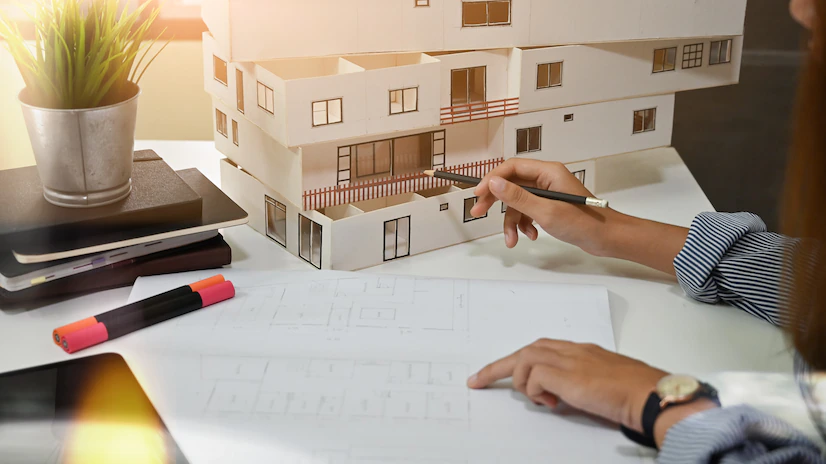
As the consequences of the cost-of-living crisis are revealed, and 91% of tradespeople expect costs to rise further – how much do typical renovations cost at the moment?
House renovation can be a great way to add value to your home, but the cost of refurbishments can be daunting. With increasing material costs, labor expenses, and other associated fees, it’s important to budget accordingly and do your research before taking on any major project.
Finbri, a property refurbishment loan specialist, comments, “Controlling the cost of renovations will be vital in maintaining within the budgeted amount – especially with the increasing number of reasons for home renovations. Especially with the rate at which energy-related upgrades have escalated due to the cost of living crisis.”
What types of renovations can you make to your property?
House renovations can come in all shapes and sizes, ranging from minor cosmetic upgrades to full-scale remodeling projects that require the help of a professional contractor.
Some common types of home renovations include kitchen upgrades, bathroom remodels or painting and decorating, flooring changes, window replacements, and garage conversions.
1. Bathroom remodels:
Bathroom renovations can be a great way to add value to your property. Installing a stand-alone tub, replacing outdated fixtures, retiling the walls and floors, or a full remodel can all make your bathroom look more modern and inviting whilst increasing the property value.
The typical cost of a full bathroom remodel is estimated to be £7,000 on average. However, this can vary greatly starting at £1,000 on a budget and going up to £15,000 for a new high-end bathroom. – Whilst bathroom remodels typically add an additional 5% to the house’s value, be mindful of not overspending and try to avoid spending more than the possible property value increase.

2. Kitchen renovation:
A renovated kitchen is often one of the most sought-after features for homebuyers. Upgrading cabinetry and countertops, adding energy-efficient appliances, or installing a stylish backsplash can all help to make your kitchen more attractive and increase its value.
The typical cost of a kitchen renovation is estimated to be between, at the lower end of £6,200 and can go upwards of £16,800. A new kitchen is likely to increase your property value by 5.5% on average.

3. Loft conversion:
A loft conversion can transform unused attic space into an extra bedroom, living area, or workspace. Depending on the size of the loft, you may need to install a staircase or consider other structural modifications.
The typical cost of a loft conversion is estimated to be upwards of £20,000 but can increase your property value by 10-15%.

4. Basement conversion:
A basement conversion can make better use of extra space. Depending on the size and condition of the area, this type of renovation may require underpinning or other structural modifications.
The typical cost of a basement conversion is estimated to be around £1,000 to £2,000 per square meter and can be utilized as a rentable space whilst adding 10-15% to the property value.
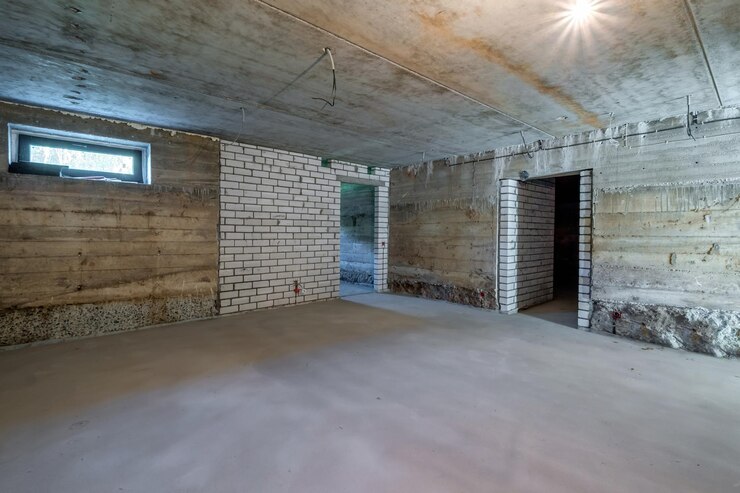
5. Conservatory:
Adding a conservatory to your home is a great way to increase its value, as well as create additional living space. Installing a high-quality glazed roof or double-glazing windows can help make the room more energy efficient and comfortable.
The typical cost of a conservatory construction is estimated to start at £5,000 and can reach upwards of £30,000 – this renovation typically adds an additional 5-10% to the house’s value.

6. Garage conversion:
A garage conversion is an excellent way of adding extra living space for family members or as a rental opportunity. You can also use the area to create additional storage capacity, or even add in features such as a home office, children’s playroom or gym.
The typical cost of a garage conversion is estimated to start at £5,000 and can reach upwards of £60,000 – this renovation typically adds an additional 5-10% to the house’s value.

What are the top 10 improvements carried out in the last three years?
The top 10 improvements carried out include:

- Bathroom remodels – 44%
- Kitchen renovation – 39%
- Central Heating System installation – 33%
- Garden renovation – 28%
- Extension – 16%
- Wall removal – 11%
- Solar panels – 11%
- Loft conversion – 10%
- Additional room – 7%
- Basement conversion – 6%
How can renovations be funded?
We are currently in a cost-of-living crisis and at the same time house renovation prices are increasing.
Additionally, with a suspected property crash in the near future, there has been an increase in property down valuations. Whilst it’s likely there will be location variations in the impact of the down valuations, homeowners must be mindful of any refurbishment costs and set realistic expectations for how much they will increase the property value.
One of the most common ways to finance property renovations is through savings. However, this option is not always a possibility or practical but there are several other methods to fund a refurbishment project, including:
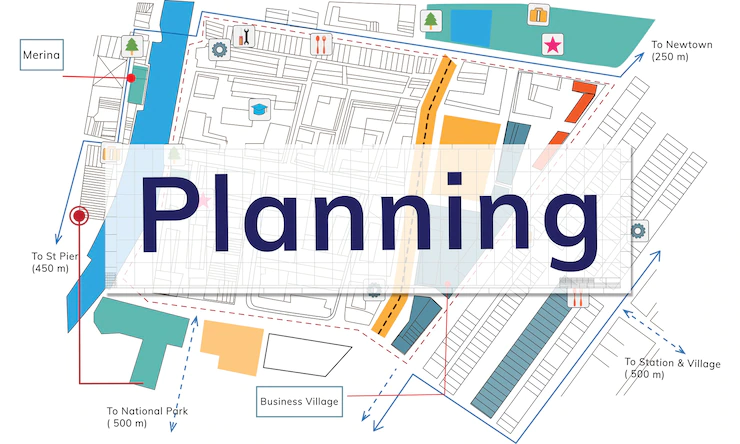
Bank loan: One of the most popular methods for financing renovations is a bank loan. If your home has equity or the renovations are modest and can be finished quickly, this option might be appropriate.
Extending existing mortgage: For larger renovations, it might be possible to extend your existing mortgage and use the extra funds for the project.
Home Equity Line of Credit: If you have equity in your home, you can access a line of credit that allows you to borrow against the value of your property. This can help with large-scale renovations or multiple projects.
Property refurbishment bridging loan: If you need to finance the renovations quickly, a property refurbishment loan may be a good choice. This kind of financing is suitable for both minor and substantial renovation projects.
Credit card: Smaller improvements can be financed using a credit card, but it’s crucial to ensure you can pay the balance back on time. Larger improvements might not be a good fit for this option.
Personal loan: A personal loan can be an effective way to fund renovations, as they usually have lower interest rates than credit cards. But it’s crucial to make sure you can afford to pay back the debt on schedule.
Depending on the size and complexity of the project, there are numerous options to finance home renovations. When considering the entire costs associated with your refurbishment, this is crucial to keep in mind.
Final thoughts
Due to the economic situation, we find ourselves in with increasing rates, tradespeople’s increasing costs, and possible delays in sourcing materials, it can be hard to estimate your costs.
The final cost of a project can fluctuate depending on the type and scale of renovations involved. To get an accurate estimate, you should speak to professionals who can provide an informed overview and help you determine the best options to bring your vision to life.
It’s also important to consider the financial implications of any home renovations, as well as which funding options are available.
Additional:

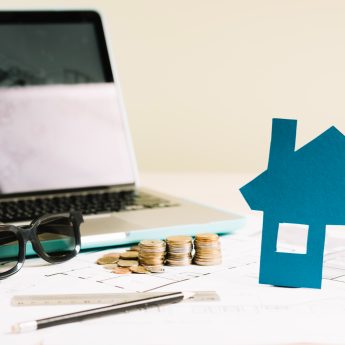
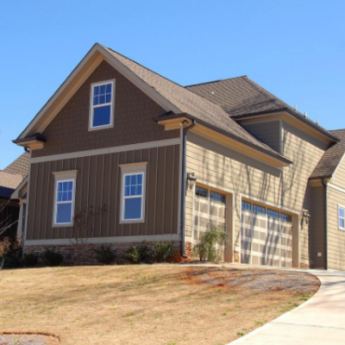




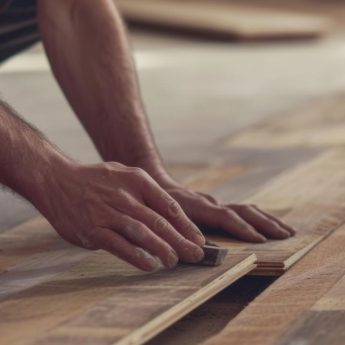



Leave A Reply